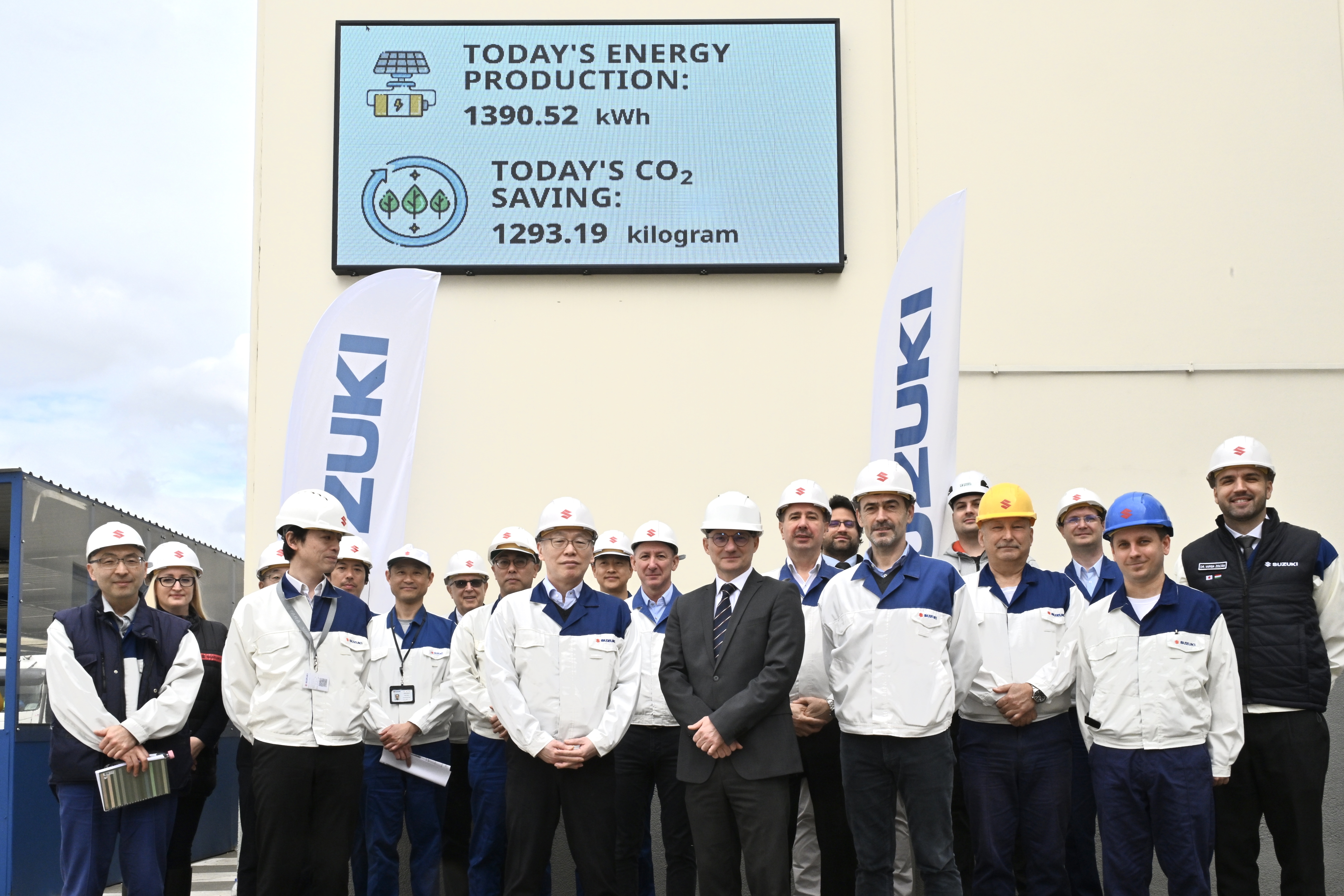Environment
Environmental news
Magyar Suzuki to produce its own electricity
Locally generated electricity is helping power Magyar Suzuki: on Monday, the solar park of the Esztergom-based car manufacturer was officially inaugurated. The entire investment took nearly two years and cost 2 million EUR. As a result, the company saves nearly 270 million HUF annually and reduces its indirect CO2 emissions by more than 1700 tons. The company's own solar park is an important part of its sustainability efforts to make all products and facilities of the Suzuki Group carbon-neutral by 2050.
Magyar Suzuki decided in 2021 to produce a portion of its electricity from renewable energy sources. Taking into account the factory's conditions, technical requirements, and financial aspects, the size and capacity of the power plant were chosen to be optimal for Magyar Suzuki. The entire planning, permitting, and approval process took place between May 2022 and mid-February 2024. Since the end of February 2024, Magyar Suzuki has been producing its own electricity.
The installed power plant has a maximum built-in capacity of 3223 kWp, of which 2397.5 kWp is the usable capacity. Annually, out of the 3.2 million kWh of energy that can be produced, 3.1 million kWh is usable. The factory in Esztergom consumes 45 million kWh of energy annually, so the solar power plant covers 6-7 percent of the energy needs annually, which roughly translates to a savings of 272 million forints annually. Additionally, the company's indirect CO2 emissions decrease by more than 1700 tons. Magyar Suzuki plans further expansion of solar panels, which would eventually cover about 30-50 percent of the energy demand. It is a global expectation of the Suzuki Group to achieve carbon-neutral operation for all products and facilities by 2050.
In addition to the solar park, since 2022, the factory has been using its own heat pumps to help cool and heat certain parts of the production process. Three such devices are used in the paint shop, and one each in the bumper shop and utility. By utilizing technological heat losses and waste heat, they contribute to the cooling and heating of production areas, as well as producing the entire factory's social hot water supply.







